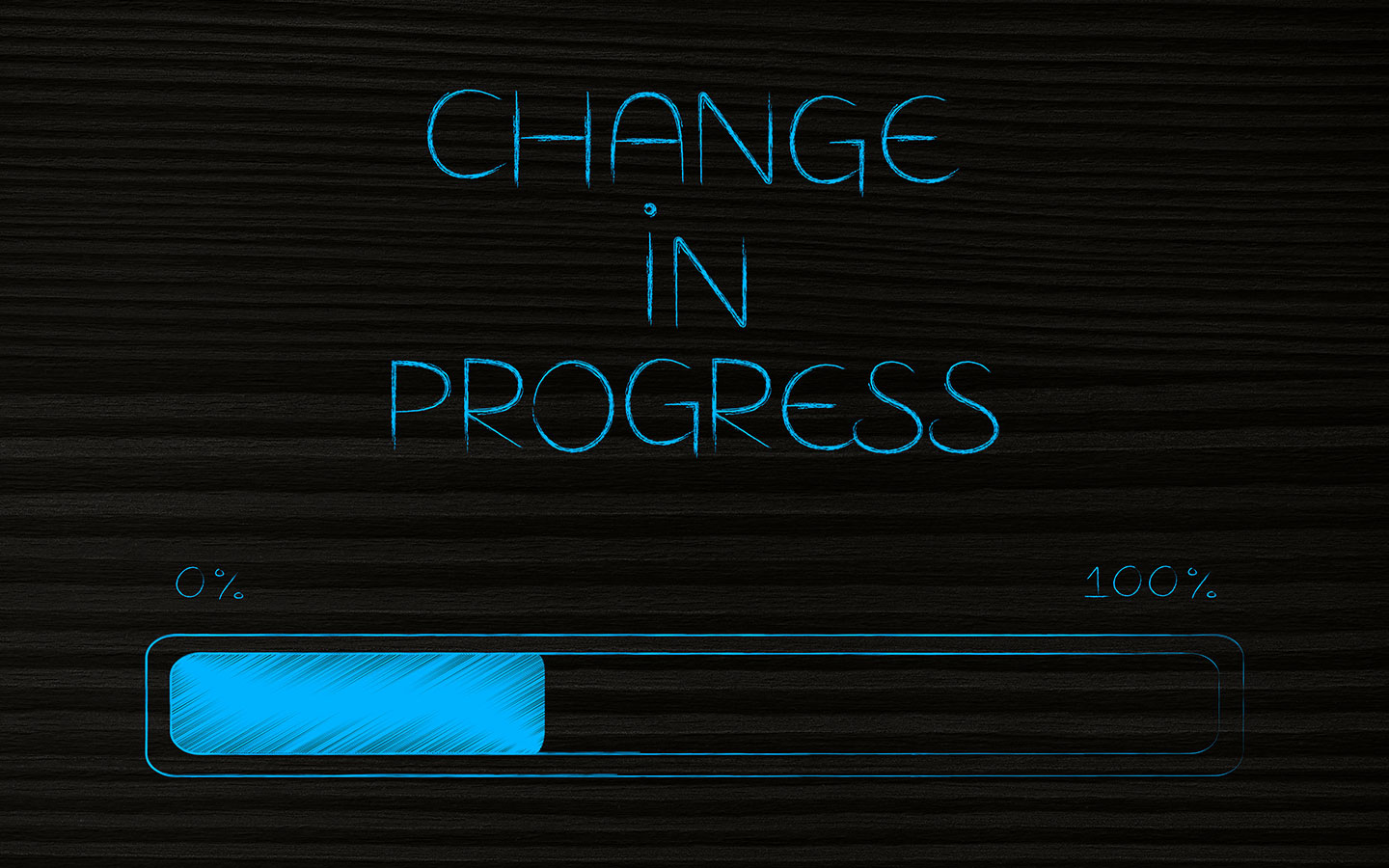
Change Control: Meaning, Process, and Management
10 Sep, 2024
A significant change in a project impacts the scope, schedule, and budget, ultimately leading to more work for all stakeholders. Therefore, change control is essential to ensure that changes are handled efficiently. This article will discuss change control, its meaning, the process, and management.
What is Change Control?
Change control is a management process for identifying, documenting, and authorizing project changes.
Change control helps minimize disruptions, unauthorized changes, and errors by carefully assessing and controlling changes. Change control includes standardized templates for change requests, impact assessments, and proper modification documentation.
Testing and user signoff are also essential to ensure that changes don’t have a negative effect.
Only authorized personnel should implement changes, and rollback procedures should be in place to revert to previous versions if needed. Ultimately, change control provides accountability and reduces risks in complex systems.
Why is it important to handle change properly?
Change control is essential because it provides guidelines for increased accountability and structure. It also allows for better decision-making by providing total visibility of all project changes. Change control offers the following benefits:
- Improved communication
- Increased visibility
- Improved decision-making
- Better processes
There is a cost to having these benefits; proper change control requires more resources (time, money, and people). Typically, change control is worth it, especially in large programs, since uncontrolled changes may have far-reaching implications for the organization’s operations.

What is the process of change control in a project?
The goal of controlling changes is managing risk, setting priorities, and achieving goals. A fixed process can be used to achieve this goal. Below is a typical process for properly implementing a change.
- Observation of a change needed
- Creation of change request
- Assessment of change’s impact
- Decision-making on proceeding
- Testing of change
- Implementation of change
- Monitoring of change
- Review of change
- Closure of change request
Each step is explained in more detail below.
1) Observation of a change needed
The first thing you need to change in a project is a requirement for change. This requirement can be a new requirement or replacing an existing one. Observations can come from the stakeholders such as users, management, and technical staff.
A review is necessary to spot any changes needed. Reviews can be done before, during, or after the project.
Best practices include:
- Observations should be allowed by any stakeholder involved with the project; this will help improve the visibility of emerging issues.
- Change requests should be submitted immediately, not at the end of the project, to avoid any delay.
- Before submitting a change, gather enough information to create a request. Provide details on what needs changing and why it needs to be approved.
- The team should track change requests regardless of whether they originate from an internal stakeholder or an external customer.
2) Creation of change request
The change request should be created in a format that is easy to read and understand for all parties involved. It should include the change description, responsible party, documents involved, and the goal of making the change.
Best practices include:
- Reference numbers will help all parties involved keep track of all related items, including reference numbers in the change request.
- Attach all relevant documents to your change request; this will help the responsible party decide on your request more quickly.
- Change requests should be created in a single application to avoid inconsistencies, confusion, or conflicting requests.
- A notification should be sent to the parties involved with an overview of the full project; this ensures there are no misunderstandings or complications later on.
3) Assessment of change’s impact
Once the change has been requested, it needs to be assessed. The assessment aims to determine the proposed change’s impact on the project and check whether a change is required. Evaluating is an essential part of the change control procedure.
Best practices include:
- Identify all effects of the changes, including downsides, benefits, work, schedule, cost, quality, and any other impact your project might suffer.
- If a business case exists for the proposed change, include it in your assessment. This documentation will help you decide whether or not to approve the change.
- After evaluating the change, a risk management plan may be created to help assess its impact. If too many risks are associated with the change, a reassessment of the whole project may be necessary.
4) Decision-making of change request
Decision-making occurs after the assessment. Generally, a change request can be approved, rejected, or postponed for a future decision.
Best practices include:
- The responsible party will take all necessary actions to make decisions about changes based on the available information. They will request additional information if needed.
- The responsible party should communicate decisions promptly so as not to delay the project.
5) Testing of change
If the change is deemed necessary and its impact has been assessed, it will continue to the testing phase. Changes impacting critical project elements must undergo extensive testing before being implemented.
Best practices include:
- Testing can be done as a part of the project or as a separate step.
- Consider the testing results, evaluate them, and make a decision based on them.
- Changes that failed their tests can be discussed further to determine if it would be worth the effort to implement the changes. Changes that pass their tests can be moved into development and implementation stages after approval by management.
6) Implementation of change
The implementation is where the changes are made. Before making any adjustments, double-check that all necessary permissions are granted. The project manager often manages implementation; they can divide it into smaller parts called action items, and assign them to different team members.
Best practices include:
- Changes should be implemented according to the change request’s priority and timeline.
- Implementing changes that require more time or resources can result in other changes being postponed or rejected completely.
- If multiple parties are involved with the process, ensure that all parties agree to or are notified of implementing the change.
7) Monitoring of change
After implementing change, it is essential to monitor it, whether it is significant enough to require reporting or not. The project manager often monitors the changes; they can use reports, dashboards, or other tools to determine their execution.
Best practices include:
- Keep track of the person making the changes and if they are on schedule.
- Any issues or concerns arising during the change should be documented. Proper documentation will allow you to trace what went wrong.
8) Review of change
After monitoring the change, review its effectiveness. Often, we think we can implement a change and it will work without going through any further review process, but sometimes changes do not have their expected effect or can even cause more problems than they solve. Reviewing will help us ensure that the change was indeed beneficial.
Best practices include:
- Track whether the changes were made to specifications and achieve the desired result.
- If a change has a negative impact, it must be decided whether the costs of reversing the change outweigh the benefits of keeping it as it is.
9) Closure of change request
Closure of the change request is done when no more modifications are necessary. The project manager or another individual can decide if the change request has been completed.
Best practices include:
- Change requests can also close when a rejection of the change occurs.
- The individual who closed the change request will document and communicate their decision to close it with a final comment.

Project change processes are crucial when no adjustments can be made after a particular stage, as with satellites.
How do you manage change control?
The project manager manages change control. They are responsible for communicating changes to the team, reviewing them, and later implementing them. They should also take care of all documentation involved with change requests.
The project manager can divide implementation into action items assigned to different team members. They will keep track of the person making the changes to ensure the plan’s progress. Another job for the project manager is monitoring the changes’ effectiveness and documenting if things do not go according to plan.
Tools for the project management team
The ECLIPSE Software Suite can manage change request forms. The ECLIPSE Sofware allows for:
- Tracking and prioritization of changes
- Individual assignment to team members
- Change request forms
- Action item management
- Dashboards to monitor change progress
Next, the ECLIPSE Software also integrates with other essential project management modules such as document management and action item tracking software.
Important to remember
Change control is the process of monitoring changes to any plan, including scope, cost, quality, or schedule. It also includes determining if these changes are necessary and assessing their impact on project deliverables. Change control is needed because changes can have a domino effect and cause issues down the line. It is best to subject every change to a risk assessment. If you make changes without assessing their impact first, you can run into serious problems and possibly even put the project at risk.
The ECLIPSE Software Suite makes it easy to track changes and their impact on your project. ECLIPSE is a web-based application that can handle change management, risk management, requirements management, and test management. Contact us today and get more information on how we can help you manage your projects.
Created by Desmond Gardeslen



